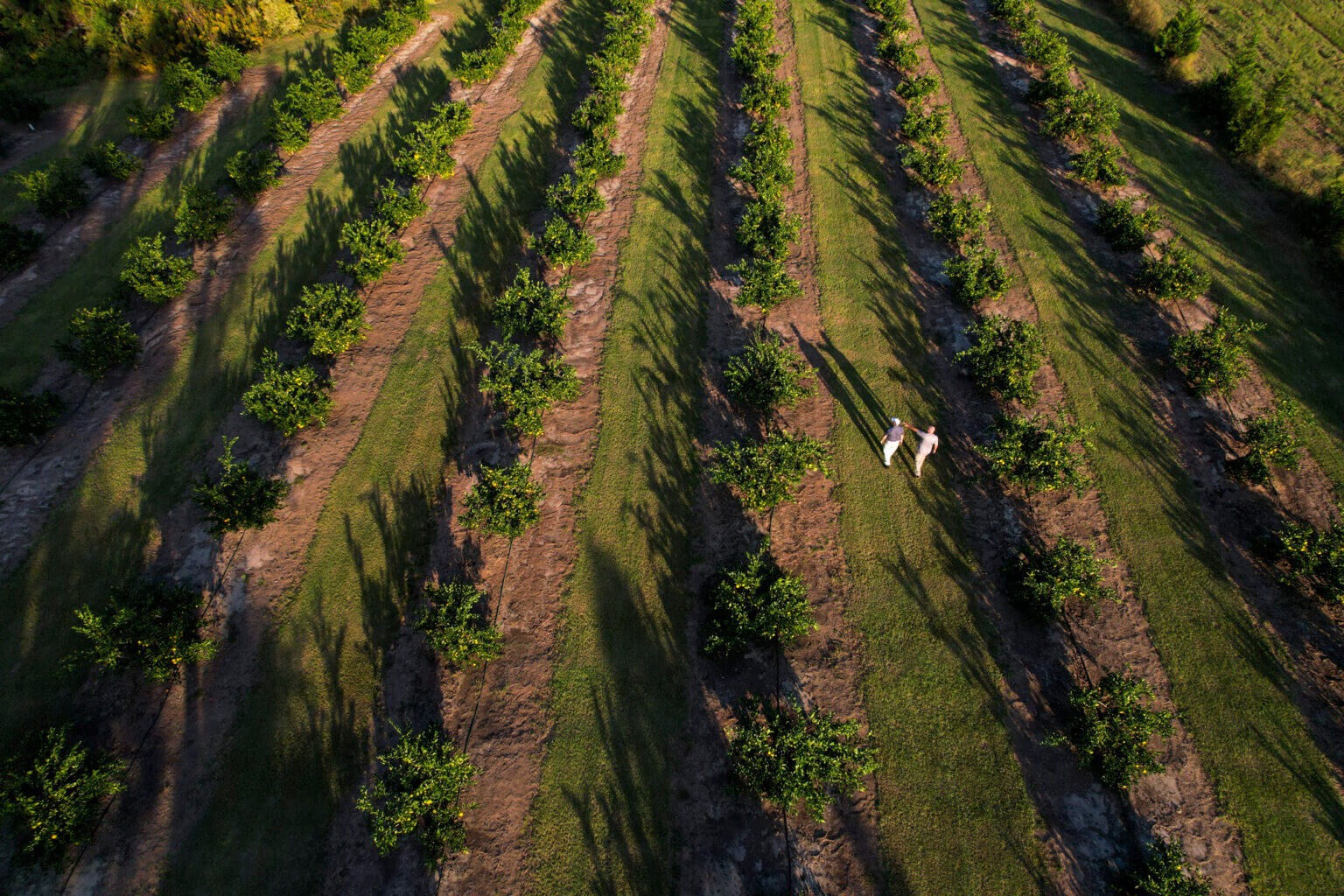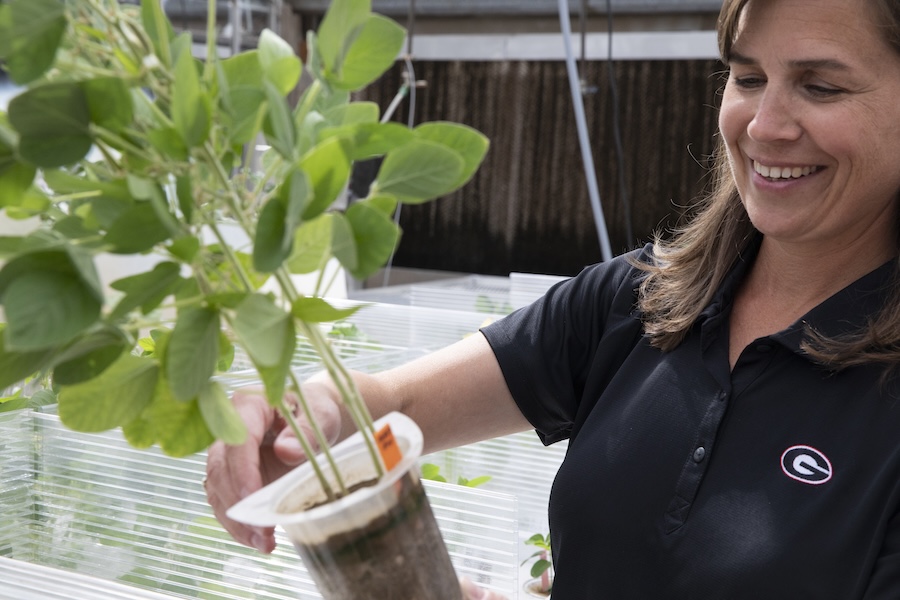It takes two. Cattle breeders know that, but for decades they've focused all their herd-improvement efforts on the bulls.
"We've been looking at the males for 42 years," said Robert Stewart, a Tifton, Ga., beef cattle scientist with the University of Georgia College of Agricultural and Environmental Sciences. "It's about time we looked at the females, which are as important or more important in cattle breeding."
|
| It's fundamental: cows are as important as bulls in improving cattle herds. |
First Heifer Evaluations
This year, for the first time ever, Stewart and many others in the college and cooperating organizations evaluated heifers (female cattle that haven't yet had a calf). They studied them for their carcass and breeding traits in a program called HERD: Heifer Evaluation and Reproductive Development.
"This is the only heifer-evaluation program we know of east of the Mississippi River," he said. The Georgia HERD program is modeled after some in Ohio and Missouri. But because of the climate in the Southeast, the Georgia scientists had to change how they fed the heifers.
Replacing Heifers Critical
Stewart said replacing heifers is just as critical as selecting bulls. But many cattle farmers don't know how to effectively evaluate them. So Stewart formed a 26-member team to help address the problem. The HERD program objectives:
- Educate members of the beef industry on feeding and health programs that result in heifers reaching target weights for breeding purposes.
- Evaluate heifers for performance, frame characteristics, reproductive traits, carcass traits and disposition.
- Verify the genetics and source of good heifer characteristics for later use.
- Show what teamwork between farmers, scientists, county agents and the Georgia Beef Association can produce.
First Year a Success
Overall, Stewart and Patsie Cannon, the research coordinator who partnered with Stewart to oversee the project, are pleased with the first year.
In all, 39 farmers entered 234 heifers in the program. At the end, they sold 142 heifers, including 71 born in December 1998 through February of '99. The other half were born in September through November of '98. At an April 25 sale, 31 buyers came from Georgia, Florida and Alabama. They paid an average of $883 per heifer.
The program involves county agents as decision-makers and workers, Stewart said. Many agribusinesses are partners in the program, too. "(HERD) has the potential to have a very positive effect on both purebred and commercial herds across the state," Stewart said.





.jpg)

